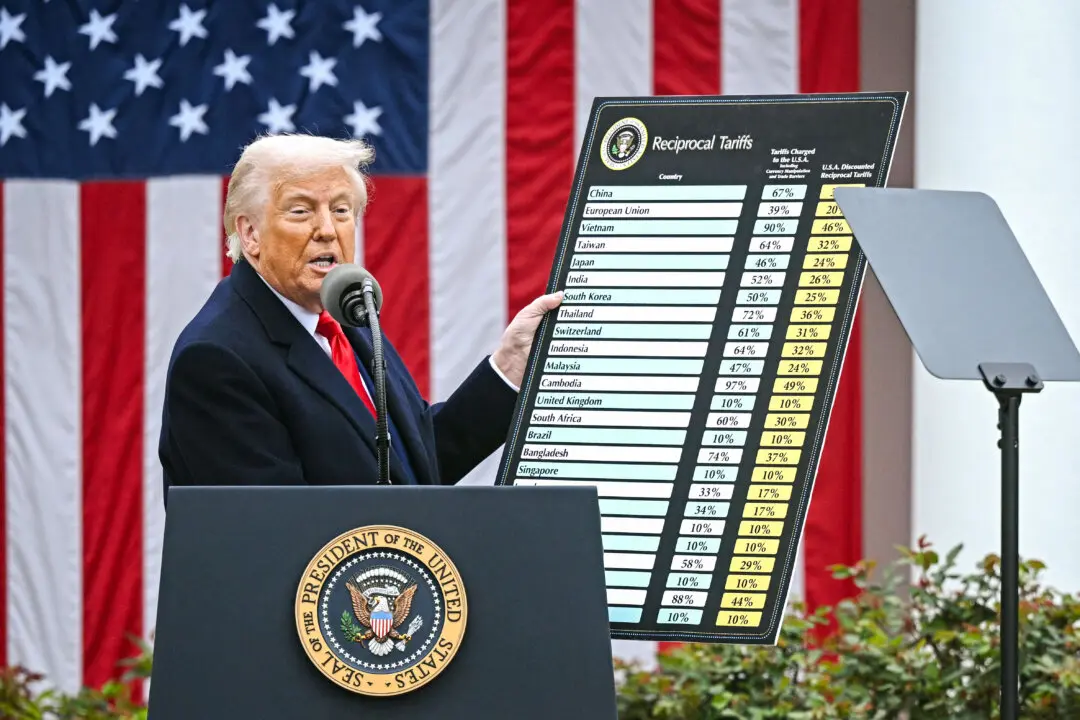Syrian President Bashar al-Assad’s forces are in the middle of a major offensive against rebels and terrorist organizations, including the Islamic State, or ISIS, after Russia started bombing targets on the Syrian regime’s behalf.
Over the weekend, Syria, along with Iran, Hezbollah, and Iraqi Shiite militias, launched a major ground offensive on Aleppo.
But even with the extra support, Assad’s campaign so far doesn’t seem to be working very well, according to a report from the Institute of the Study of War (ISW).
“The Syrian regime has not gained much terrain in the first week of its large-scale ground offensive against rebel forces, despite support from intensified Russian airstrikes and hundreds of Iranian proxy reinforcements,” Chris Kozak, a Syria research analyst with ISW, wrote in a report published Oct. 14, detailing the regime’s offensive from Oct. 7 to Oct. 14.
“Operations against the Syrian opposition will likely prove harder and slower than anticipated by either Russia or Iran,” he added.
The ISW, considered the most reliable independent group in tracking the changes on the ground in Syria, posted a new map on Sunday, Oct. 18, showing three weeks’ worth of Russian airstrikes in Syria, indicating the majority of them took place in Aleppo, Homs, Idlib Province, and a few around Damascus. The map shows the Russians appeared to have focused their attention on the “rebel” controlled areas, located just north of regime controlled areas.






